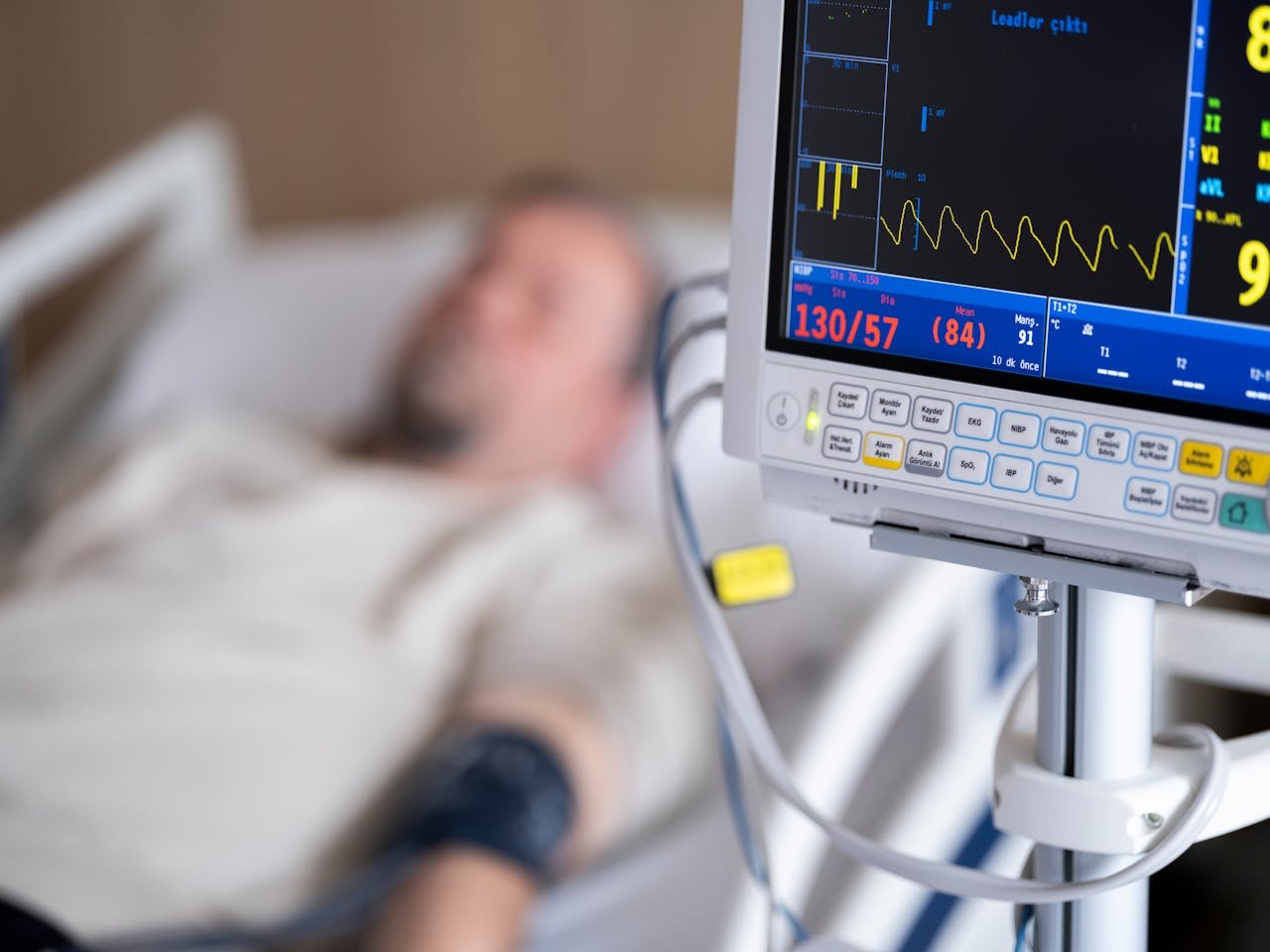Heart disease is an umbrella term that encompasses many conditions that affect the heart and its function. It is among the leading cause of death in a number of places across the world – millions of people are affected each year. Although it is often thought to only impact older adults, heart disease can affect anyone, at any age, so addressing heart disease risks is key to improving health outcomes at any age. Being aware of, preventing, and identifying heart disease early all improve health outcomes.
What is Heart Disease?
Heart disease describes a range of conditions related to the heart. The most common types of heart disease are:
1,Coronary Artery Disease (CAD) – CAD is a condition characterized by arteries that become narrow or blocked, thus limiting blood flow to the heart. CAD is the most common type of heart disease and is often due to a condition called atherosclerosis, which produces fatty deposits that accumulate in the walls of arteries near the heart.
2,Heart Attack (Myocardial Infarction) – A heart attack occurs when one of the coronary arteries
becomes completely obstructed, resulting in heart tissue death due to oxygen deprivation. Blood clots that form on a buildup of fatty deposits in the arteries are the most common cause of heart attacks.
3,Heart Failure – In heart failure, the heart cannot pump blood effectively to meet the body’s demands. This can be due to many conditions such as high blood pressure or heart attacks, often weakening the heart muscle over time.
4,Arrhythmias – These are rhythms of the heart that are irregular, where the heart may be beating too quickly, too slowly, or irregularly. Some arrhythmias are considered benign and some can be life-threatening and need to be treated.
5,Valvular Heart Disease – This is a dysfunction of one or more valves of the heart that regulate blood flow. A valve that is not functioning properly can cause blood to flow backwards putting more strain on the heart.
6,Congenital Heart Disease – This is a defect in the heart that is present at birth. These defects can affect the structure of the heart or the function of the heart and may often require surgery.
Signs of Heart Disease
The possible signs of heart disease can differ according to the specific diagnosis. Here are some of the more common symptoms to be aware of:
- Chest pain or discomfort (Angina) – A sensation of pressure, tightness, or squeezing in the chest which is often brought on by exertion or stress.
- Shortness of breath – Difficulty breathing, particularly with exertion, but in severe cases, even at rest.
- Fatigue – Unusual tiredness or lack of energy despite sleeping all night.
- Swelling in the legs, ankles, or feet – This can indicate possible heart failure because the heart may not be pumping effectively.
- Dizziness/lightheadedness – Feeling faint or passing out can be a sign of an arrhythmia or serious heart issue.
- Pain in other areas of the body – Some individuals report pain in the arms, back or shoulder, neck, jaw, or stomach during a heart attack.
- Nausea or indigestion – These uncommon symptoms can also be signs of a heart attack and can be mistaken for other potential causes, especially among women who may experience symptoms that are outside of the “typical” symptoms.
Diagnosis and Treatment
Diagnosing heart disease usually includes a variety of tests, such as:
- Physical Exam – A physician will assess for signs of heart disease, like unusual heartbeats and swelling.
- Electrocardiogram (ECG) – This test will measure the heart’s electrical activity, which can detect arrhythmias, heart attacks, and other issues.
- Echocardiogram – A type of ultrasound that permits physicians to see the structure and functioning of the heart.
- Blood Tests – These tests can assess for high cholesterol, signs of inflammation, and other markers of heart disease.
- Stress Test – This will assess how the heart reacts to physical stress. Typically, the stress test will measure the heart’s reaction to exercise.
- Angiogram – A procedure where dye is injected into coronary arteries to check for blockages.Treatment of heart disease may vary for each condition but generally includes:
- Medications – Statins can help lower cholesterol, blood thinners can help prevent clotting, and beta-blockers can help control your blood pressure.
- Lifestyle Changes – Eating healthily, exercising, and quitting smoking are all important tools for managing heart disease.
- Surgery – Sometimes, surgery may still be needed, such as coronary bypass surgery or valve replacements.
- Implantable Devices – Pacemakers or defibrillators may be used to treat an arrhythmia or heart failure.
Preventing Heart Disease
You can prevent heart disease by making healthy lifestyle choices such as:
- Eating a heart-healthy diet – Eat mostly whole grains, fruits and vegetables, lean proteins, and healthy fats, while consuming less salt, sugar, and processed foods.
- Exercising regularly – Strive for 150 minutes of moderate exercise each week.
- Maintaining a healthy weight – Losing weight can lower blood pressure and cholesterol as well as reduce your risk of developing diabetes.
- Not smoking – Quitting smoking is one of the best ways you can reduce your risk for heart disease.
- Managing stress – Incorporating stress-producing hobbies, such as yoga, meditation, or through simply spending time outdoors, may improve your heart health.
- Regular check-ups – Make sure to see your doctor regularly to have your blood pressure, cholesterol, and your heart health monitored.
conclusion,
heart disease is a leading cause of death around the world, but many types of heart disease can be prevented or managed with lifestyle and medical interventions. The outlook is much brighter for those at risk for heart disease with early detection, healthy lifestyle choices, and appropriate medical care. With an understanding of the causes, symptoms, and prevention, individuals can take steps to protect heart health and live longer, healthier lives.



